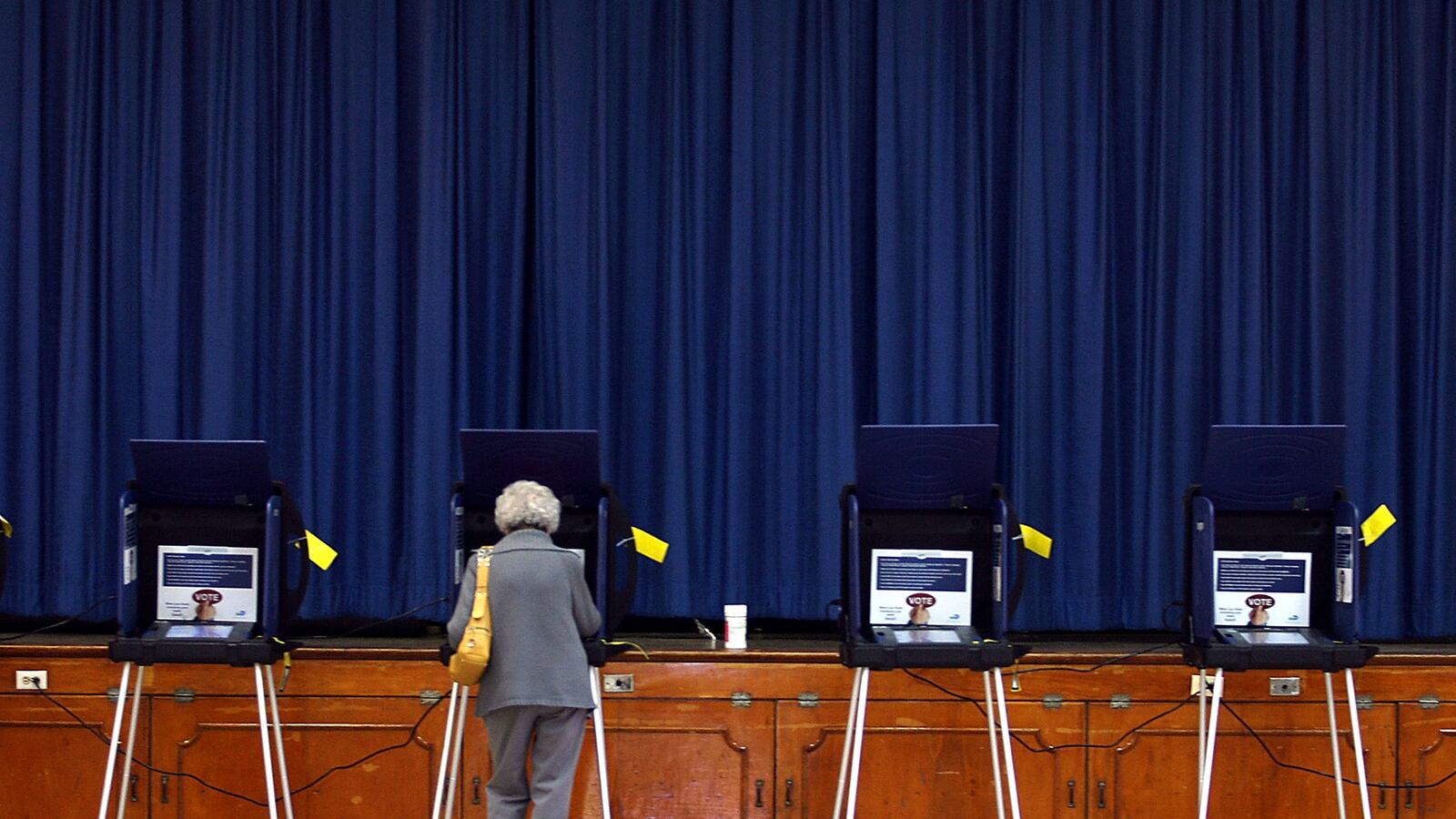The political impact of shifting demographics is a hot topic. Judging from the coverage, it would be easy to assume that more liberal younger voters or a rising number of Hispanics were the only significant demographic trend.
But that’s neglecting the fastest growing segment of the electorate: older voters.
As an Atlantic piece put it, “America is about to get really old.” In the 2012 election, those 65 years or older were 17 percent of the total vote. But by 2030 those numbers will nearly double, and over 30 percent of the electorate will be over 65. To put this in perspective, the Hispanic vote will probably be only about 15 percent of the electorate by 2030.
Yet the potential impact of older voters seems lost in the current political discussion. In contrast to previous cycles where the debate has been dominated by issues of particular concern to seniors - topics like Medicare, prescription drug prices, and social security – the battle over older voters has been muted by louder arguments, like gender issues, beheadings and disease. For every stock footage shot of a senior on cable news there are dozens of concerned women, terrorists and Ebola horrors.
Yet everyone seems to agree that the higher turnout of senior voters in an off year election is one of the key advantages favoring Republicans, and has been a growing GOP advantage in recent presidential elections. Older voters comprised the greatest increase in Republican voter share between the 2008 and 2012 election. McCain won 65-plus Americans by 8 points, and Romney increased his share to 12 points. If similar rates of increase continued, it would quickly become a dominant factor in elections.
The trend of decreased interest among younger voters and increased among older appears to be accelerating this year. A Pew Research Center poll released Monday found that “25 percent of adults 65 and older were closely following the midterm elections, compared with 5 percent of adults ages 18-29.”
This matters because it’s hard to get anyone motivated to vote in an election when they’re not paying attention. It’s like caring who wins the next All India Cricket Championship: If you don’t follow the game, does it matter?
When Mitt Romney picked Paul Ryan as his VP, there was much speculation that Ryan’s high profile on Medicare and Social Security reform would hurt Romney/Ryan with seniors. As the battleground state with the highest percentage of 65 plus voters, Florida saw both campaigns spending millions on Medicare and social security messages, and Republicans seemed to have benefited from the exchange.
In 2008, McCain won Florida seniors by 8 percent of the vote, consistent with his national total. Romney won that same group by 17 percent, 5 points higher than his 12 percent national margin with 65-plus voters. Where the issue was litigated the most, Romney saw the most gain.
Those results may have something to do with why so few Democratic campaigns this cycle are attacking on what had been perceived as key wedge issues for older voters. Instead, Democrats are focusing on a repeat of the abortion/contraception attacks that were credited with helping Obama win women voters.
But assuming Republicans do very well with older voters this November, will they continue to build on their gains in presidential elections? It’s a critical but open question.
There’s nothing I’ve seen that indicates Democrats couldn’t stage a comeback with older voters given the right combination of candidate, electoral environment and issue focus. Let’s not forget that, not long ago, older voters were a Republican weakness.
“From 1992 through 2006, seniors had been solidly Democratic and significantly more Democratic than younger Americans,” Jeffrey Jones wrote for Gallup. “Over the last seven years, seniors have become less Democratic, and have shown an outright preference for the Republican Party since 2010.”
Still, it’s important to remember that the internal demographics of the 65-plus voters will shift along with the country. In 2030, Pew estimates that Hispanics will make up 12 percent of older voters. If Republicans continue to get under 30 percent of Hispanic voters, their share of the 65-plus vote would decrease, all other factors remaining static.
But then again, if Republicans continue to get those kind of terrible numbers with Hispanics, it won’t matter how they are doing with older voters. Simply put: no future Republican presidential candidate will likely win without increasing the percent of the Latino vote from the last two elections.
So Republicans face two basic electoral truths. First they must retain and work to expand their share of older voters. It’s simple: if you lost an election winning the group by 12 points, it’s going to be near impossible to win if you don’t at least hold on to that percentage in 2016 as their numbers grow.
Secondly, Republicans have to do better with non-white voters. Romney won white voters by 20 points, a greater percentage than Reagan in 1980. But Obama won non-white voters by 80 percent. Any efforts to expand with non-white voters of all ages can’t be done at the expense of the growing pool of older voters.
But that’s hardly an impossible task. In Texas, gubernatorial candidate Greg Abbot will win older voters --and may very well win a majority of Hispanic voters of all ages. It helps that Wendy Davis is a hapless opponent, but as a test proving it can be done, any success is welcomed.
Whatever happens in November, watch the Hillary Clinton campaign focus on older voters in 2016. Against Obama in 2008, she won older voters while actually losing female voters. This time she’ll start with a lead of female voters against any likely Republican.
Older voters will be the first and perhaps decisive battleground for 2016. If Hillary wins the same share of older voters she received in the 2008 primary, she’ll win. If not, it’s a race.






